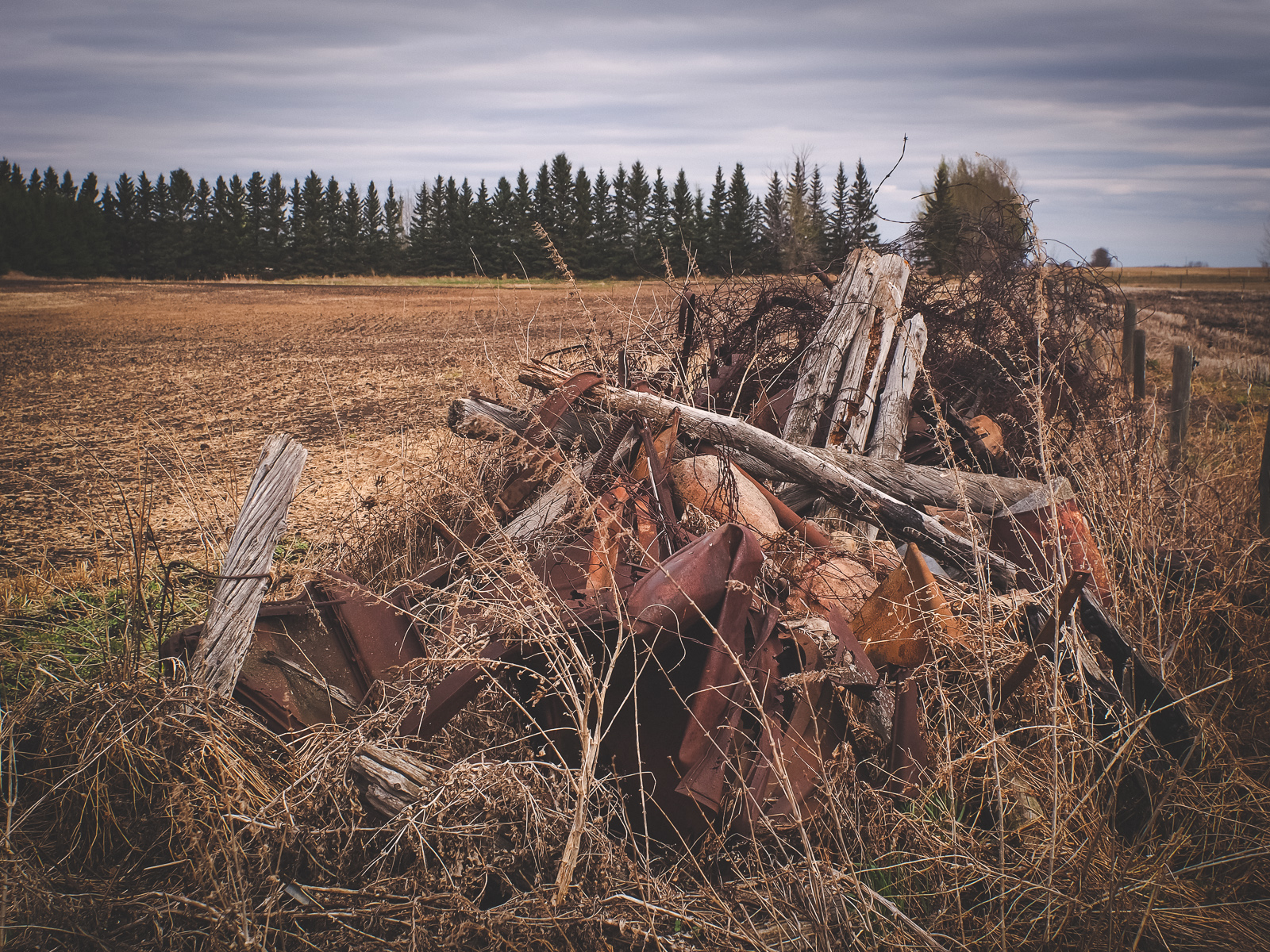Sunnobi tanto (寸延び短刀) are larger than ordinary tanto, with nagasa a sun or two above 1 shaku (sun nobi, “a sun longer”, from nobiru, to stretch or lengthen). Though there is some area of crossover with hira-zukuri ko-wakizashi and they may have sori similar to ko-wakizashi, the simplified difference would be that they are still designed with tanto geometry rather than wakizashi proportions and form.
An utsushi (写) is a careful and exacting replication of an existing work, undertaken for the purpose of study and further understanding of the process, techniques, and historical mindset of the original craftsman.
This project is the result of a very rare opportunity to document a traditional pattern in various stages of its forging. It is very closely based on the lovely form of an original forged by Sumihira~san, a master and mentor to Pierre of soulsmithing. Three similar blades were forged as part of a demonstration and I was privileged to be able to study and take careful measurements of the sunobe, the forged blade, the filed blade, and the hardened blade after yaki-ire. This level of detailed hands-on measurement is almost unheard of as most utsushi must be made from a single kata and a couple of measurements of the finished work alone.
Process Highlights
scroll down or jump to the sections below:
Kata
Material
Wakashinobe
Sunobe
Hizukuri
Yaki-ire
Specifications
Studying & Making the Kata


Raw Material
The tanto was forged from the remaining half of the billet used for the Hatsu Yari, a piece of an antique carriage axle with some subtle visible hada layering. The century-old steel is on the lower end of carbon content, similar to many older koto swords but has a very fine and even structure.



Lengthening the Billet
Wakashinobe is the process of forging a billet out into a rectangular bar in preparation for making sunobe. This piece of steel makes a cameo being forged out to length in the first scene of the short film by Trevor Komori, appropriately titled Study the Old the Know the New.
Forging the Sunobe
Sunobe is the rectangular preform which sets the size and proportions for each part of the tanto. In this stage the thickness, taper, blade length, blade depth, and tang size are largely decided. A proper sunobe lays the foundation for a proper blade and errors at this stage make it difficult to control the finished proportions.




Forging the Bevels
Hizukuri is the stage of forging the rectangular sunobe into a beveled blade. The thickness of the spine stays largely unchanged from the sunobe but drawing out the edge material causes the blade to curve and it must be corrected regularly and compensated for in advance of the edge becoming too thin to hammer on. A wooden block helps protect the peaked spine while adjusting the curve. The forging begins at the base of the blade and works toward the tip and then back again to refine the shape further.






Hardening the Blade
Because it is an utsushi and the sori needed to be as close as possible to the original, this blade underwent yaki-ire twice before it achieved the intended curvature. The amount of sori depends not only on the blade geometry but also on the steel makeup, the width and style of the hamon, the heating technique, and the quenching temperature.



A general overview of the process being shown, read more about the process of yaki-ire.
1. Using approximately a 1:1:1 mixture of natural clay, polishing stone powder and ground charcoal to mask the back of a hand forged blade about 1-1.5mm thick to slow down the cooling rate.
2. Brushing on a thin slip layer with extra charcoal added along the exposed edge to speed up the cooling rate and protect from carbon loss.
3. Carefully heating in a charcoal forge supplied by air from a fuigo box bellows until the edge reaches critical temperature.
4. Plunging edge-first into cold rainwater to cool the blade quickly and harden the edge while leaving the rest tough and resilient.
5. Testing for successful hardening with a file and then removing the clay with a mild steel scraper.
6. Slightly reheating the blade over the flames to temper the edge.
7. Test polishing on a coarse Japanese waterstone to check the hamon.




Specifications
長さ/刃長 Nagasa: 11 sun 6 bu (351mm)
元幅 Motohaba: 1 sun 1 bu 5 rin (35mm)
重ね/元重 Motokasane: 2 bu 3 rin (7mm)
反り Sori: 1 bu (3mm)
中心/茎 Nakago: 3 sun 6 bu (110mm)
形 Katachi: hira-zukuri, mitsu-mune
中心/茎 Nakago: futsu, no mekugi-ana
銘 Mei: hot stamped kamon
Material: Reclaimed carriage axle steel
This tanto is a good challenge and a lovely form that I look forward to forging again. It is currently in the early shaping stages of kajitogi as it is given the final geometry corrections. Once it has its final geometry and the polish is taken to about 400 grit, the next step would be to make a habaki and then other fittings. The tang is signed but the mekugi-ana has not been drilled yet. The blade is just over 13.75″ long and the overall length to the tip of the tang is just over 18″. The spine at the munemachi is about 7mm thick.
Final Photos by Jordan Wende



This piece is in a private collection in California.

